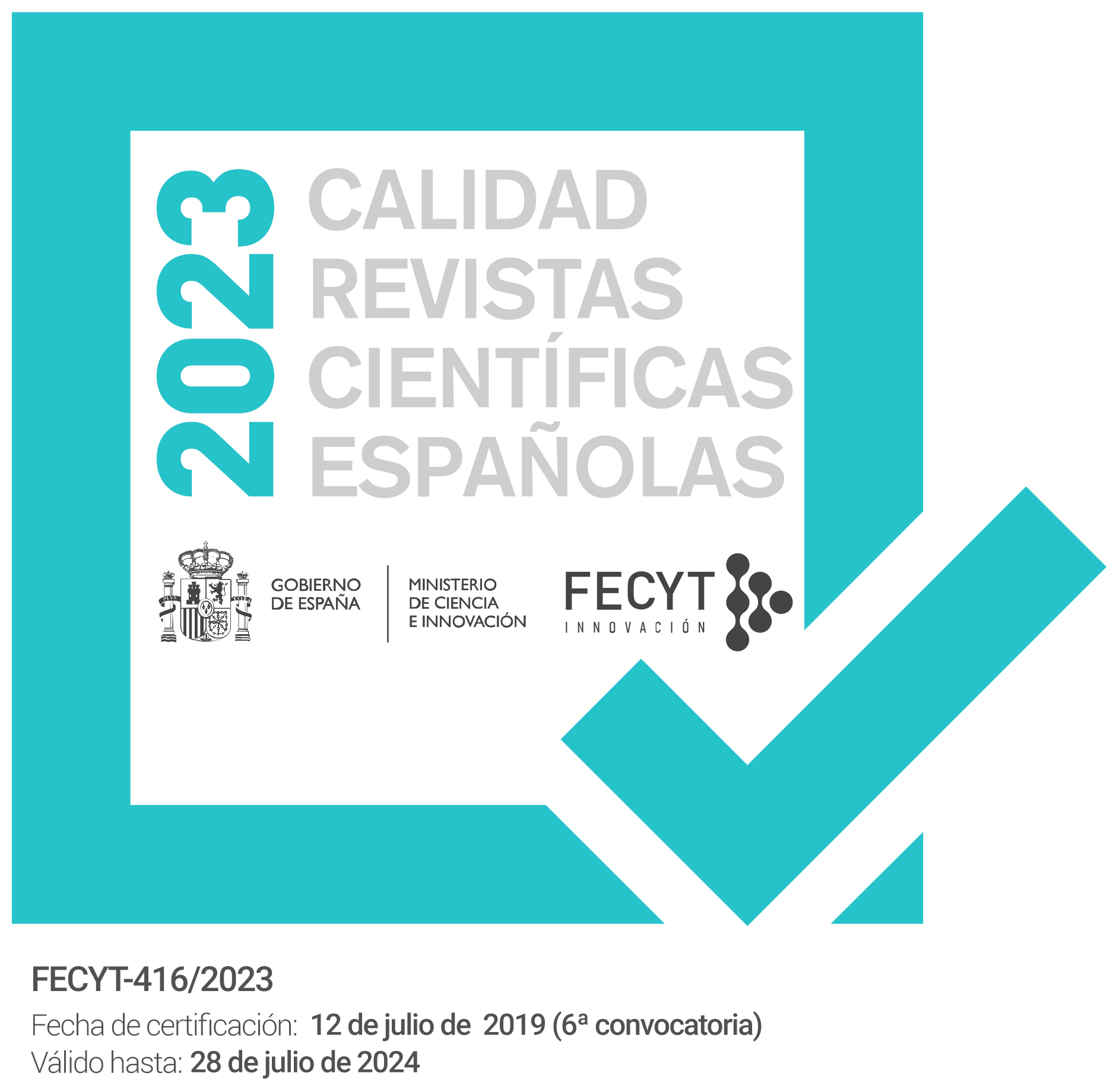Una saga de venecianos en Gran Canaria: los Calimano Nardari
Keywords:
extranjeros, venecianos, familia, comercio, Gran Canaria, foreigners, venetians, family, commerceAbstract
Al finalizar la conquista, numerosos individuos procedentes de la península italiana se asentaron en el archipiélago canario. Los más importantes fueron los genoveses, pero, también, arribaron venecianos, napolitanos, florentinos y otros, que se dedicaron, principalmente, al comercio y al negocio azucarero. Por ese motivo, no constituye una sorpresa la llegada de mercaderes venecianos a finales del siglo XVI, sin embargo sí supone una novedad que esos mercaderes venecianos formen parte de un mismo grupo familiar que se dedica al comercio y entronca con la élite de la sociedad local. En este artículo, se analizan los motivos y condiciones de su establecimiento, trayectoria vital y actividades económicas, así como su implicación en la sociedad de la isla de Gran Canaria.
Many people from the italian peninsula settled in the Canary Islands at the end of the conquest. The genovese was the most important,t but venetians, napolitans, florentines and others arrived too, with special dedication to the commerce and tne sugar business. This is the reason for that the Venetian merchants’ arrival wasn’t a surprise at the end of the seventeenth century. However, it was a novelty that the Venetian merchants belonged to a close family group dedicated to the commerce and connected with the elite of the local society. This article analizes the causes and the conditions of their settlement, life trajectory, economics activities and implication in the society of the Gran Canaria Island.
Downloads
Downloads
Issue
Section
License
The articles are open access distributed under the terms of the Creative Commons Attribution-NonCommercial-NoDerivatives (CC BY-NC-ND) Spain 4.0 license. Authors who publish in this journal agree with the following terms:
a) Authors retain the copyright and guarantee the journal the right to be the first publication of the work as well as licensed under a Creative Commons Attribution License that allows others to share the work with a recognition of the authorship of the work and the Initial publication in this magazine.
b) Authors may separately establish additional agreements for the non-exclusive distribution of the version of the work published in the journal (for example, place it in an institutional repository or publish it in a book), with recognition of its initial publication in this magazine.
c) Authors are allowed and encouraged to disseminate their work electronically (for example, in institutional repositories or on their own website) before and during the submission process, as it may result in productive exchanges, as well as a earliest and largest citation of published works (See The Effect of Open Access).



